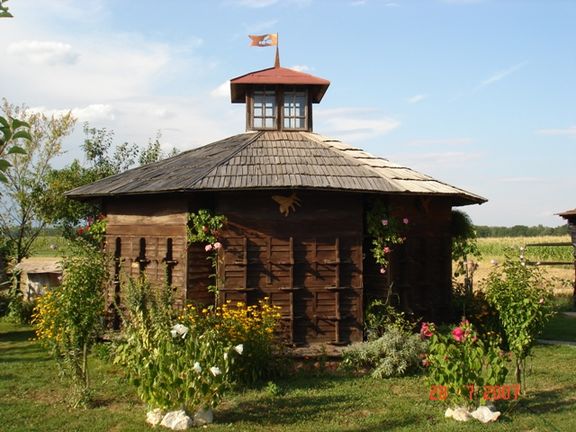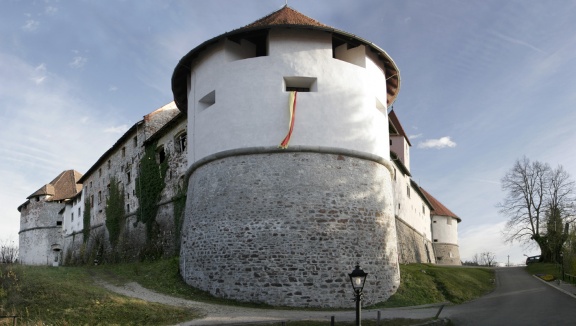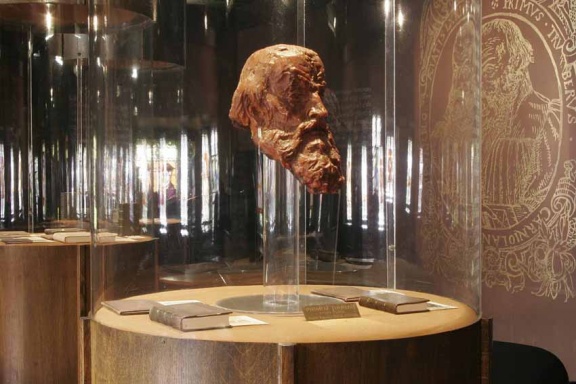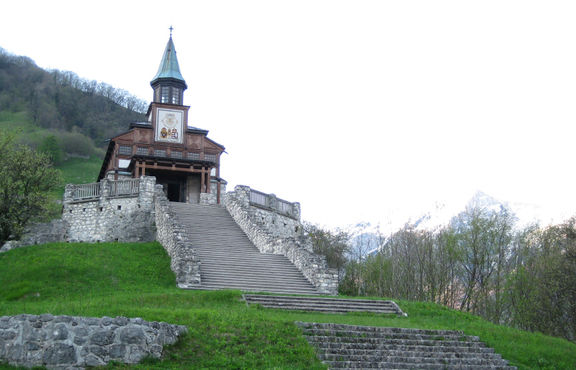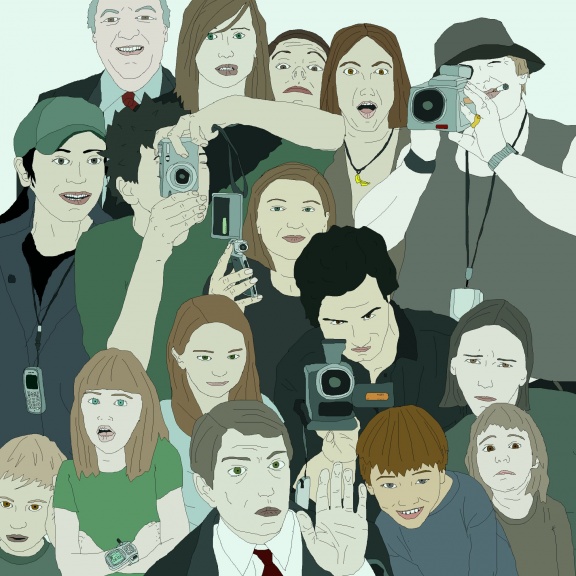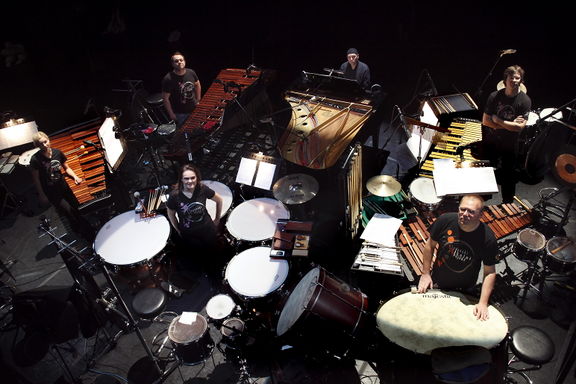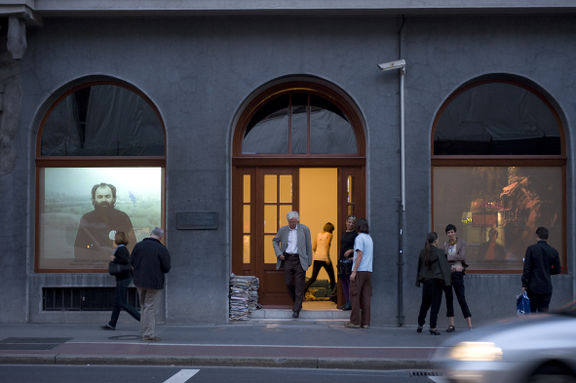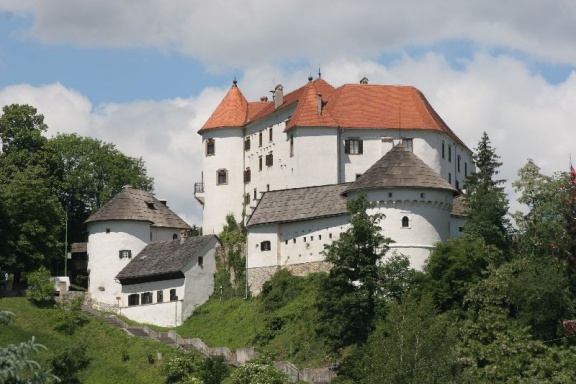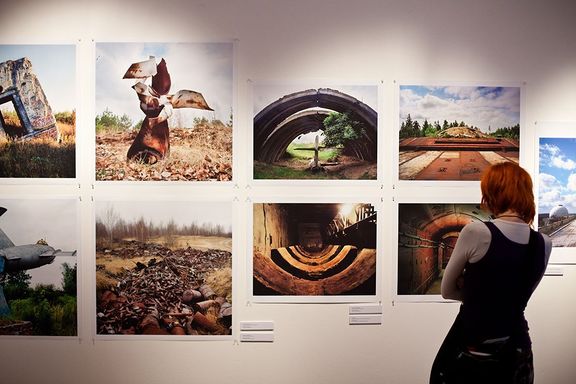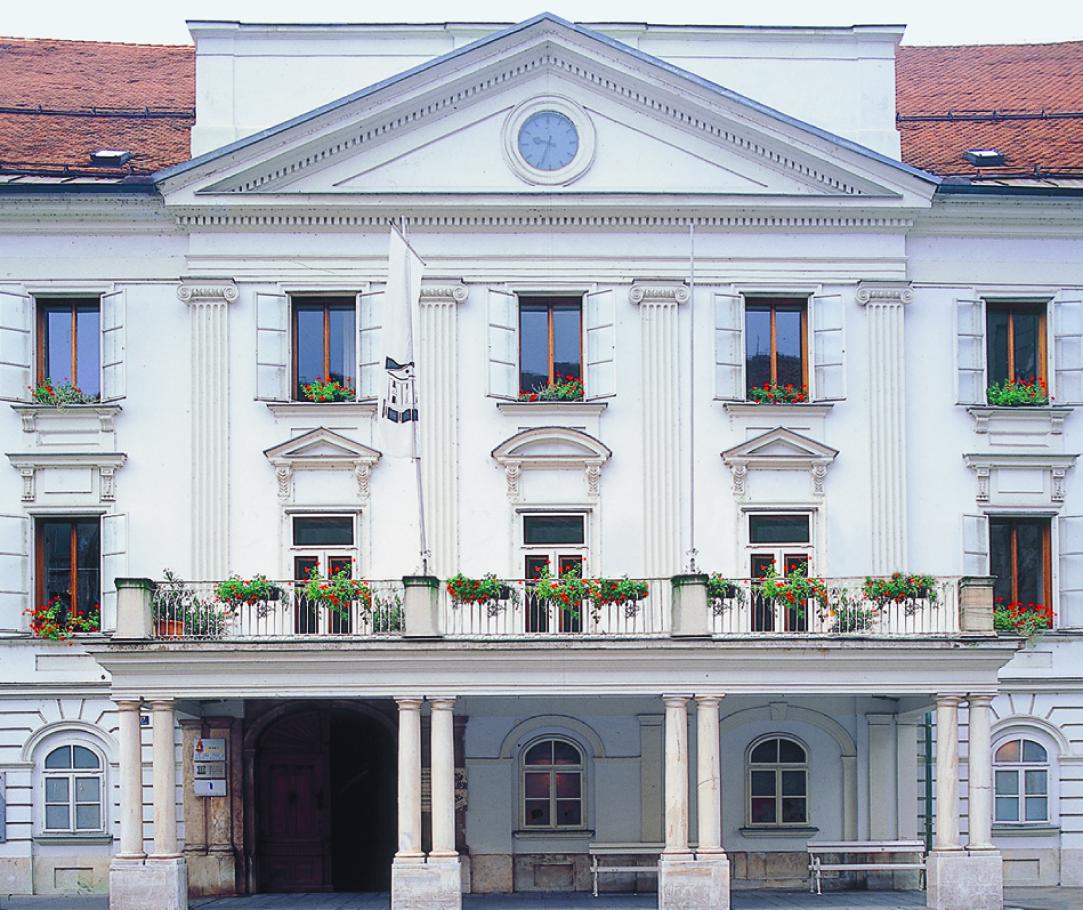 Celje Museum of Recent History building in Prešernova street, Celje Celje Museum of Recent History building in Prešernova street, Celje
As a public institution the Celje Museum of Recent History focuses on the cultural heritage of the town of Celje and the Lower Savinjska region from the beginning of the 20th century onward. The permanent exhibition presents the everyday life of the town and its inhabitants in the 20th century while the temporary exhibitions turn towards personal stories and cover pop culture, sports or various historical chapters. The museum's distinguished feature is the Herman's Den, the first Slovenian children's museum.
NOT ROBOT, WRITING DONE, INFOBOX DONE, NOVERIFY, NODEPO, PHOTO, Article, NIFERTIK, TOPROOFREAD, HAS LOGO, EU funding of Slovene organisations (Culture and MEDIA Programmes), EU Culture funding recipient, HAS MAP, Public entities, Venues, Museums, Articles maintained by Admin, Museum collections, Specialised museums, Literature museums, Literature museums and archives, Municipal cultural institutions, COVER, Cultural heritage education and research, Museum publishers, World War II, Museum education, Regional museums, Municipal museums
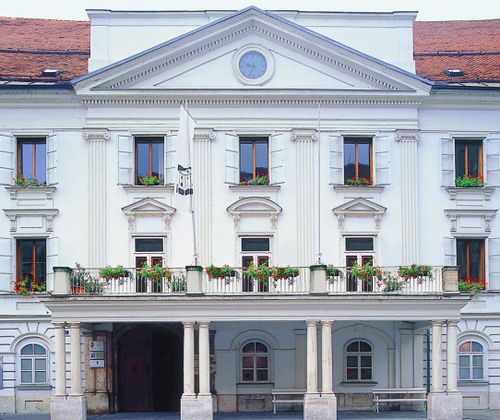
|
|
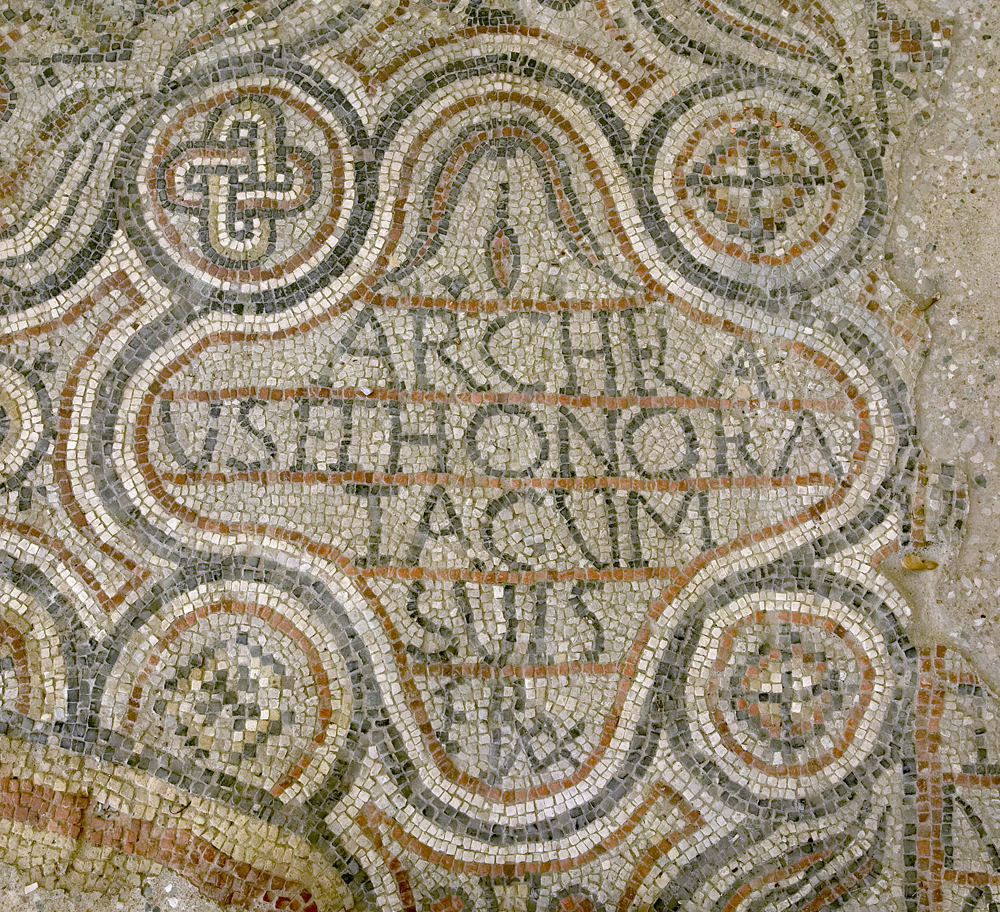 One of the best preserved donor inscriptions on the floor of the baptismal font in the Christian Centre archaeological park, the inscription says that Ahelaj and Honorata with their families contributed 20 feet of mosaic One of the best preserved donor inscriptions on the floor of the baptismal font in the Christian Centre archaeological park, the inscription says that Ahelaj and Honorata with their families contributed 20 feet of mosaic
Emona (Latin: Colonia Iulia Aemona) was a Roman civil town, built on the site of an old indigenous settlement on the territory of the present Ljubljana around 14 AD. This is evidenced by an inscription about a donation that the city received from the emperors Augustus and Tiberius.
The Roman Emona sites in Ljubljana can be seen in several parts west of the old town centre. Emona's ground plan was 430 metres times 540 metres and was surrounded by city walls, which were 6 to 8 metres high and 2.5 metres thick. The southern city wall was redesigned in 1930s by the architect Jože Plečnik.
Emona had a population of 3,000 to 5,000 people, mostly farmers, landlords and merchants, including a small number of government officials and war veterans. Its streets were paved and its houses were built of stone with the hypocaust underfloor heating system, and connected to a public sewage system. The remains of a baptistery with a pool, mosaics, and part of portico may be seen at Erjavčeva 18, next to Cankarjev dom Culture and Congress Centre.
NOT ROBOT, WRITING DONE, INFOBOX DONE, PROOFREAD DONE, FERTIK, NOVERIFY, NODEPO, PHOTO, FEATURED, Article, NO LOGO, Articles maintained by Janez Premk, Monuments and sites, Roman archaeological findings, COVER
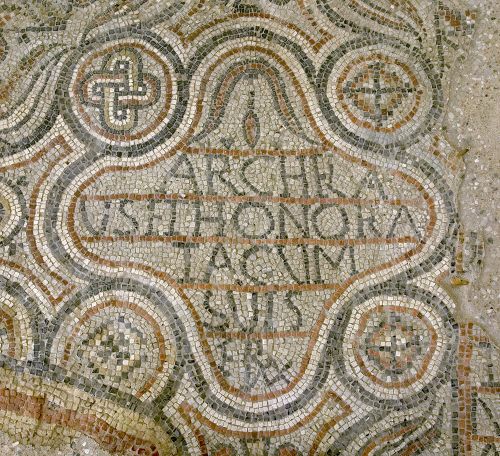
|




